Photographer Lisa Kristine is shining a light on child labor
From children carrying stacks of bricks on their heads in dusty kilns, to youngsters breathing in dangerous dust in gold mines, Lisa Kristine has photographed child labor from South Asia to West Africa.
Ahead of #MyFreedomDay, a day-long student-driven event to raise awareness of modern slavery, she spoke with CNN about her work and its impact.
The interview has been lightly edited for length and clarity.
CNN: What first inspired your idea to work with victims of modern slavery?
Lisa Kristine: I have been documenting humanity around the world for the last 30-plus years in so many countries and when I first learned that modern-day slavery existed, I was struck by the very idea that I didn’t know. My whole occupation is based on seeing others, and I totally missed it. So it sort of shook up my trajectory a little bit and I began really focusing on modern-day slavery and child labor. Because I felt like, gosh, if I didn’t know it exists, how many others don’t know?
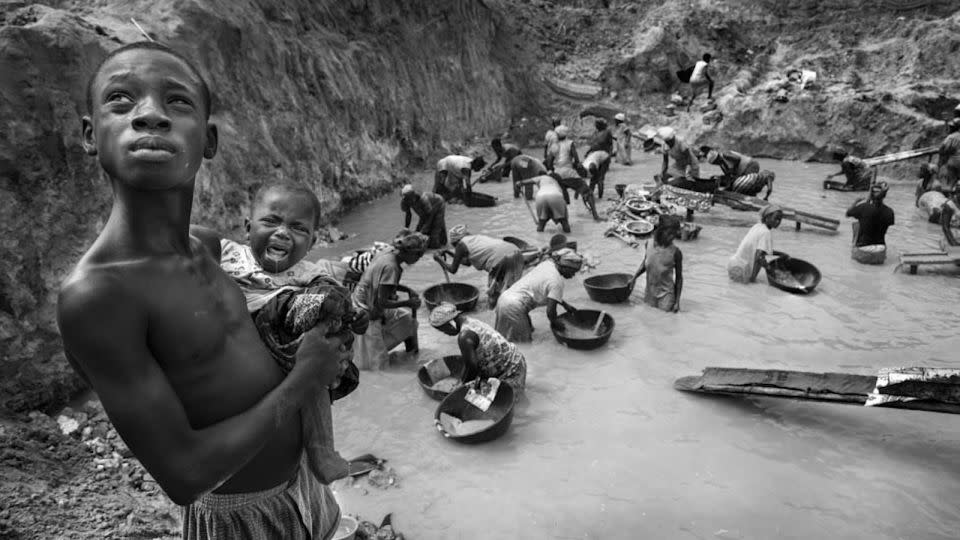
CNN: How did it impact you when you first started documenting modern slavery?
Lisa Kristine: When you’re actually on the front lines and you’re seeing very intimately how people are treated and what they have to endure without pause or break frequently and for so many hours a day, it’s pretty heart-wrenching. Especially when you see kids who could otherwise be in school and gaining an education.
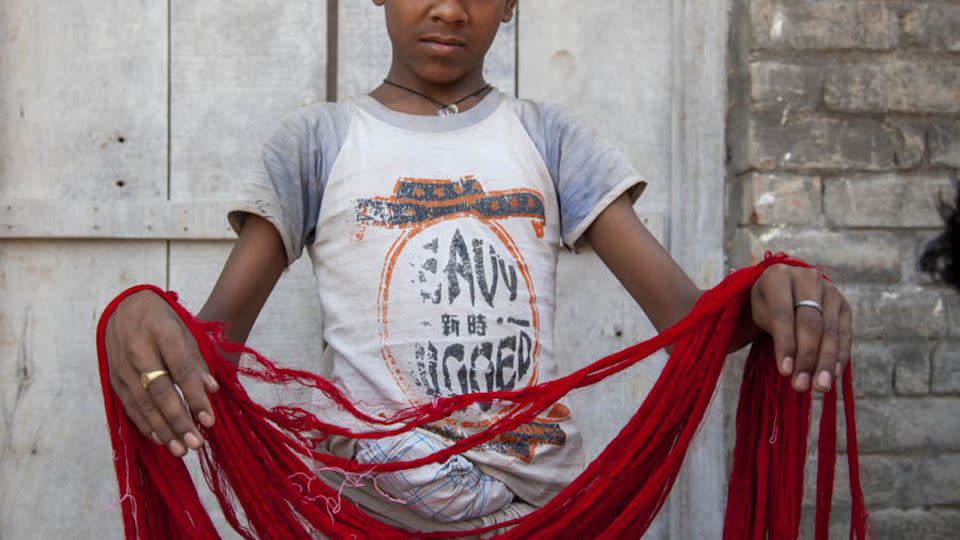
CNN: How do children respond to you taking their picture? Are they worried or are they excited, like most children are, to have their picture taken?
Lisa Kristine: The children responded in different situations, in different ways. I never photograph without permission, so I’m always in there with abolitionists who have brought me in and I suppose that imbues some sort of trust within them. So I felt like the kids were, for the most part, really open as children often are. Sometimes they would be excited if they had the spaciousness emotionally to get excited. And sometimes you could tell they were a little nervous, especially on Lake Volta [in Ghana], when they’re forced to work on bodies of water when they don’t even know how to swim. And they’re very cognizant about trying to keep focused on not toppling over [their fishing boats], so those situations have to be dealt with in such a sensitive way.
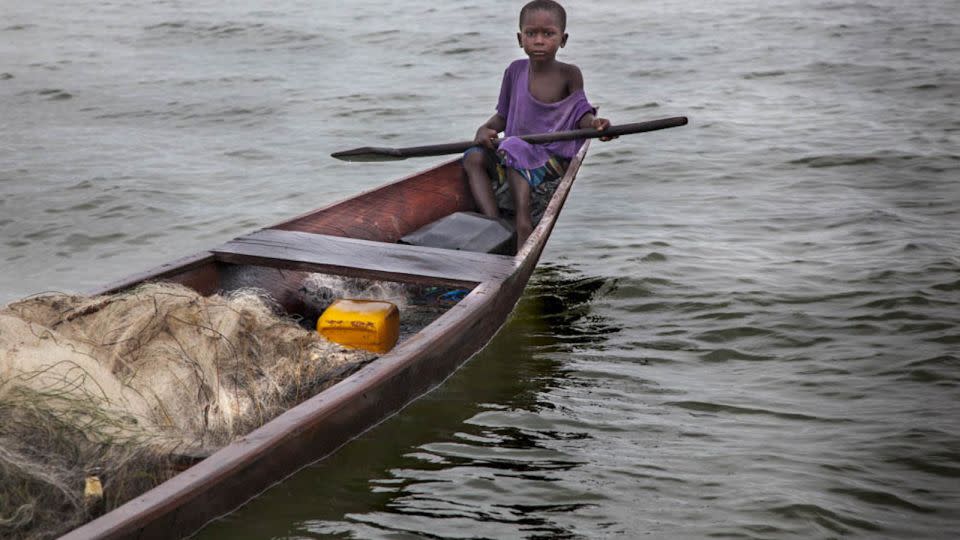
CNN: What were some of the most difficult images you documented?
Lisa Kristine: So much of what children are expected to do in terms of child labor, whether it’s abroad or in the United States, is treacherous. You’ve got kids in the US working on construction sites or in auto-making plants and there are kids working in gold mines in Ghana which are extremely dangerous - breathing in constantly the dust that’s coming up from the mines and from the breaking of the stone containing the gold.
It’s extremely sad to see children who are forced to work in brothels, whether they’re helping out in the brothel or they’re being forced to sell their young body. There aren’t too many circumstances where you see kids in positive situations when they’re laboring in some of these places. Equally so in textile factories - kids are working on these looms that are extremely powerful and their fingers could get snapped off. That’s deeply sad. I saw children carrying stone that weighs more than their own body weight down the Himalayan range.
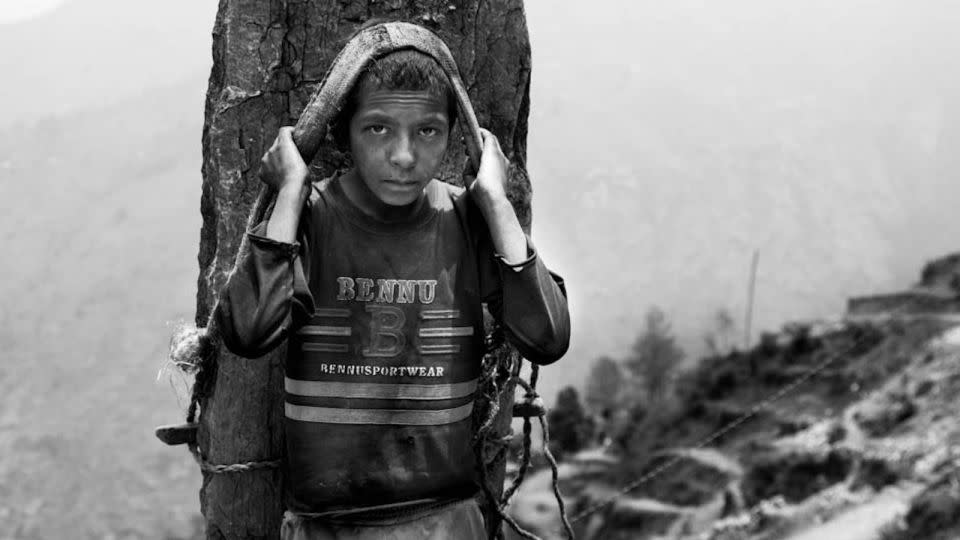
CNN: How have these experiences impacted you?
Lisa Kristine: When I initially saw slavery and forced labor existing, it was in the brick kilns. And the heat was so strong and where you’d see these kids, as well as elders, stooped over and covered entirely in this brick dust. You know, you just see them with these kind of deadpan eyes, stacking bricks on their heads and walking to trucks nearby. And it really did strike me. I remember I started to have a little tear come down my face and somebody was like, Lisa you can’t do that. The abolitionist was like, “it’s not safe for you or them and you’ve got to stop.” But I think when you see people working really hard, when you know that they don’t have a choice and it’s a dangerous space in which they’re forced to labor, then it’s really sad.
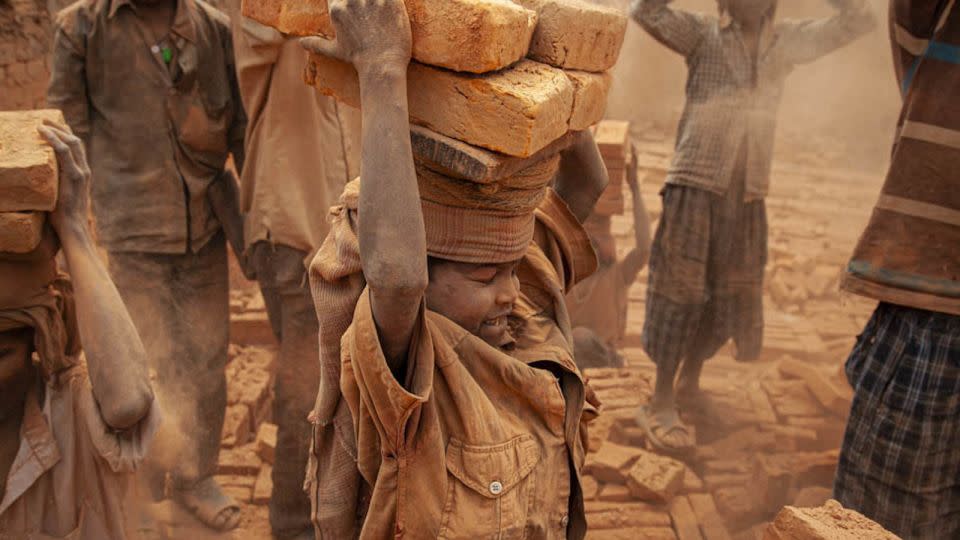
CNN: I’ve been to a lot of the same places that you’ve documented in your work, but I’m always surprised by how dramatic and poignant they appear in your photography. What do you look for when you when you’re taking a photo?
Lisa Kristine: Well, I make my work very intuitively. So the obvious thing is that I’m looking for, in this case, child labor but I think I’m drawn to just the spirit of who somebody is. It’s really what I see to be visually moving and it’s all very instantaneous and fast for me.
CNN: What was your idea for incorporating hands and candles in your “Shine Light on Slavery” series?
Lisa Kristine: Whenever I was in the field working and documenting people when they’re forced labor, I would also bring these bundles of candles that I’d shove in my backpack. And then if there was a moment where it was safe for them and also safe for me, I would pull out these candles and with my translator, explain what we were doing and really quickly make these images. Like within 30 seconds, they were no-nonsense, very fast images. But the intention behind them of course was to shine a light on these people’s issues and I let them know that people would be seeing their images, that I would share their stories as much as possible and help them as much as possible.
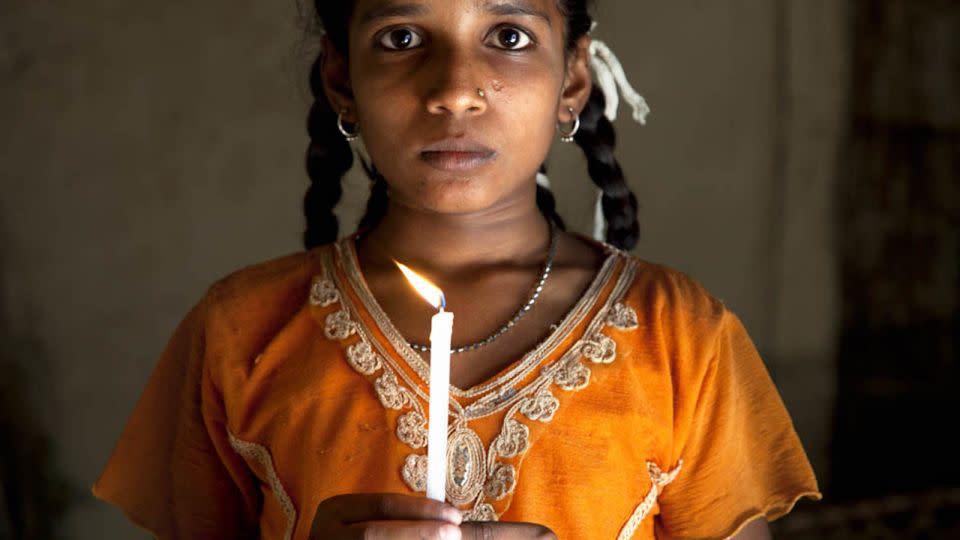
CNN: What would you say you’ve learned from your travels and expeditions regarding forced child labor?
Lisa Kristine: When you think about the millions of kids that are forced to work, I think a lot of people have ideas that families are poor and that the kids will help out the family. And it’s all in good faith. And sometimes it is. But more than that, children are offered these jobs and forced to work without pay or very little pay. And what that does is take part of the work away from their parents and adults that could otherwise do those jobs and bring home a living while the kids go to school. I also feel like child labor happens so much more frequently than we imagine. Even here in the United States, there’s like 10 states over the last few years that have been pushing for legislation to loosen the labor laws for kids, and kids are getting killed and corporations are not taking responsibility for it and I think it’s a pretty scary situation.
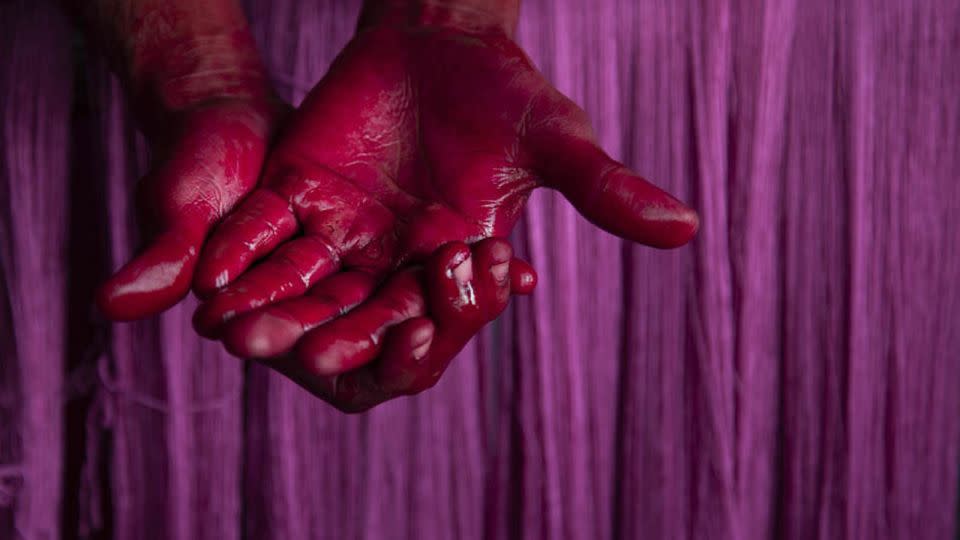
CNN: What is the response you get from kids when they see these kinds of images?
Lisa Kristine: Absolute and utter empathy. I find that sharing the images of slavery and forced labor, especially when it has to do with kids, has a profound impact on young people and that they actually experience, many of them, a feeling of guilt. Because they’re safe at home and they’re going to school and these other kids who are exactly their age … I think they have a lot of heart around it.
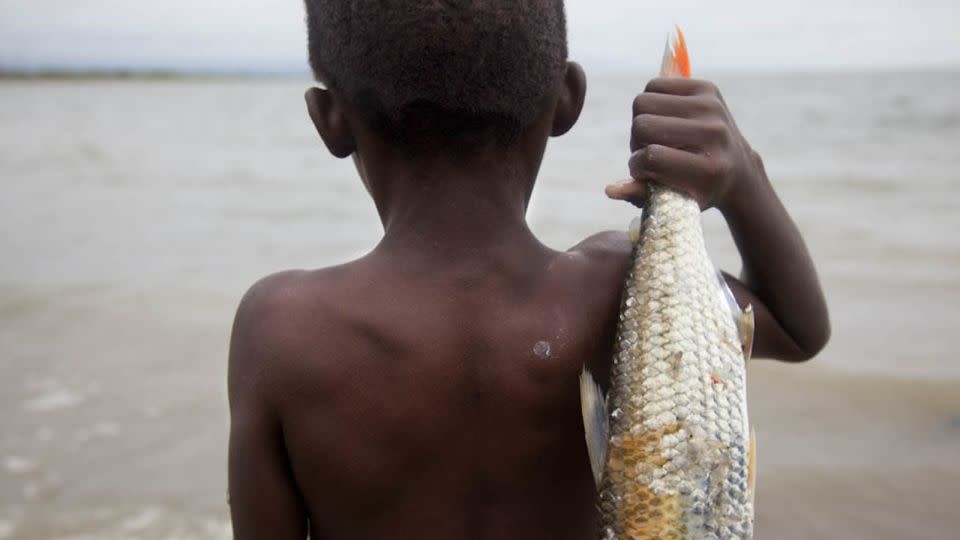
CNN: What would you like people to take away from your work documenting forced child labor?
Lisa Kristine: I would like that when we see a child, if they’re in a circumstance of forced labor, to recognize that they are our child, that all children are our children. And, that we owe it to them and to ourselves to help them.
For more CNN news and newsletters create an account at CNN.com


